Once again PT Barnum has shown his face in the midst of my work. I have wanted a feejee mermaid model for a long time. Even after making this, I still want one modelled after the original. The thing is, when I start making anything, I have to make it my own.
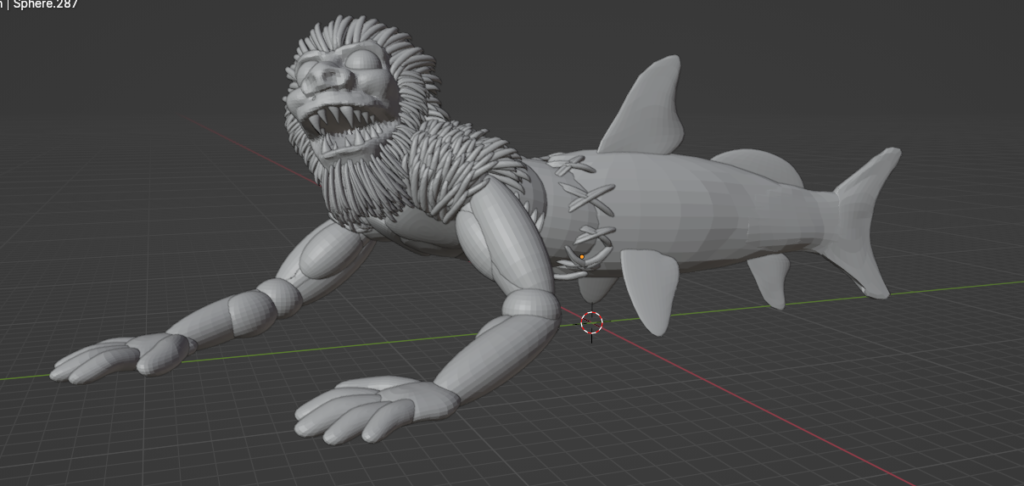
BUY YOUR Feejee Mermaid 3D stl file HERE
So I started with the base design of the original. I knew I wanted it to do two things. The first was to imagine this thing as real… so I added eyes and hair to give it that live look. The second was that I wanted to really drive home the fact that this thing was literally two animals sewn together and sold as a real living being….so I added obvious and pronounced stitches.
This model is sold at 14.5 cm long and is available as an .stl file, printed with supports still attached, printed without supports, or printed and hand painted.
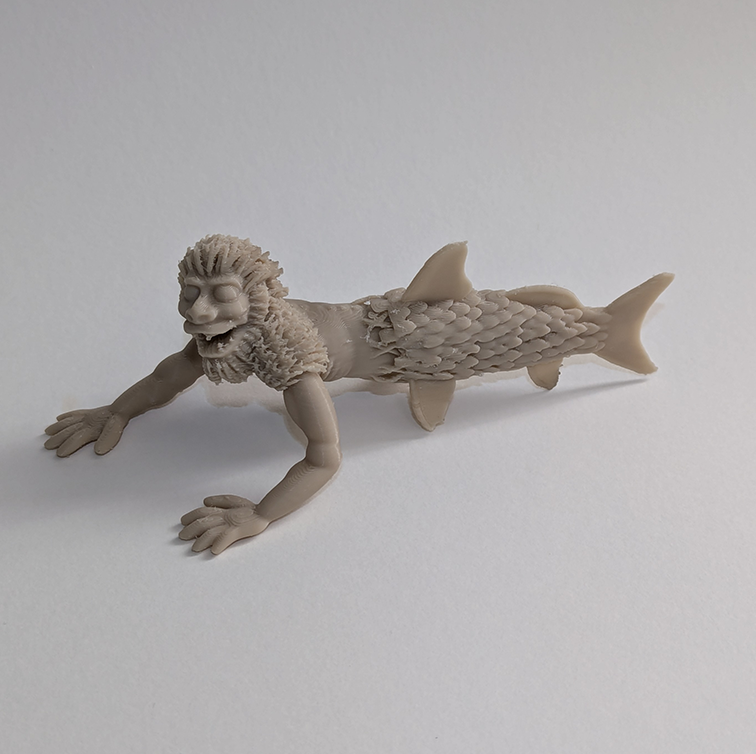
This is definitely the most fun object I have made yet…and there will be many more to come. Below is some background on Barnum’s hoax.
P.T. Barnum’s Humbug: The Feejee Mermaid
Overview
The Feejee Mermaid was one of the most famous hoaxes perpetrated by P.T. Barnum, a master showman known for his extraordinary ability to captivate audiences with oddities and curiosities. The mermaid was presented as a mummified creature that combined the upper body of a monkey and the lower body of a fish, creating a grotesque and seemingly mythical being.
Origins of the Feejee Mermaid
- Creation: The Feejee Mermaid was originally created in Japan, where it was crafted by artists who specialized in producing fake mermaids and other oddities for the burgeoning sideshow market. These creations were made by stitching together parts of different animals to resemble mythical creatures.
- Acquisition: The mermaid was brought to the United States by an American sea captain, Samuel Barrett Eades, who had purchased it in the early 1820s. It eventually came into the possession of Moses Kimball of the Boston Museum, who then loaned it to P.T. Barnum in 1842.
Barnum’s Promotion and Exhibition
- Marketing Genius: P.T. Barnum was known for his exceptional marketing skills. He promoted the Feejee Mermaid through a series of elaborate publicity stunts, including the use of fake letters to newspapers and staged sightings. Barnum’s approach generated immense curiosity and controversy, drawing large crowds eager to see the bizarre exhibit.
- Display: The mermaid was displayed at Barnum’s American Museum in New York City. Barnum presented it as a genuine specimen, leveraging the public’s fascination with the exotic and unknown. Despite its obvious fakery to some, many were convinced—or at least willing to suspend disbelief—for the sake of the spectacle.
Description of the Feejee Mermaid
- Appearance: The Feejee Mermaid was a small, desiccated figure, roughly three feet long. The upper part was a monkey’s torso and head, with its mouth agape in a permanent, eerie scream. The lower half was the tail of a fish, complete with scales. The overall effect was disturbing and captivating.
- Construction: Close inspection revealed the mermaid was expertly crafted to combine the parts of different animals seamlessly. The skill involved in its creation highlighted the artistry behind many sideshow exhibits of the time, designed to provoke wonder and speculation.
Public Reaction and Legacy
- Curiosity and Skepticism: The exhibit sparked a mixture of curiosity, skepticism, and debate. While some visitors believed it was a real mermaid, others saw it as a clever hoax. The controversy only increased its popularity, demonstrating Barnum’s insight into human nature and the appeal of the mysterious.
- Impact on Popular Culture: The Feejee Mermaid became one of the most enduring symbols of Barnum’s career and his concept of the “humbug,” an intentional deception meant to entertain and engage audiences. It underscored the 19th-century appetite for the bizarre and the unknown.
- Influence on Exhibitions: The success of the Feejee Mermaid paved the way for other similar exhibits and cemented Barnum’s reputation as the quintessential showman. It influenced the presentation of curiosities in museums and sideshows for generations.
Modern Perspectives
- Skeptical Inquiry: Today, the Feejee Mermaid is often studied as an example of early sideshow attractions and the public’s willingness to believe—or at least entertain—exaggerated claims. It serves as a case study in marketing, psychology, and the history of popular entertainment.
- Legacy in Media: The story of the Feejee Mermaid has been referenced in numerous books, films, and television shows, symbolizing the thin line between reality and illusion that performers like Barnum skillfully navigated.
BUY YOUR Feejee Mermaid 3D stl file HERE
Conclusion
The Feejee Mermaid remains one of the most iconic hoaxes in entertainment history. Through his ingenious promotion and understanding of human curiosity, P.T. Barnum transformed a simple sideshow curiosity into a cultural phenomenon. The mermaid not only exemplifies Barnum’s talent for creating spectacle but also reflects broader themes of belief, skepticism, and the enduring allure of the unknown.

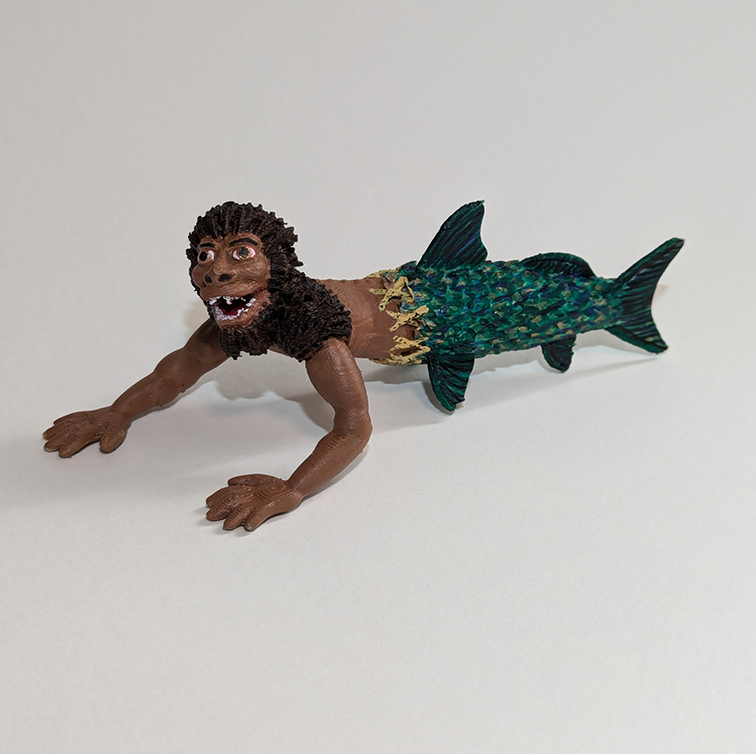
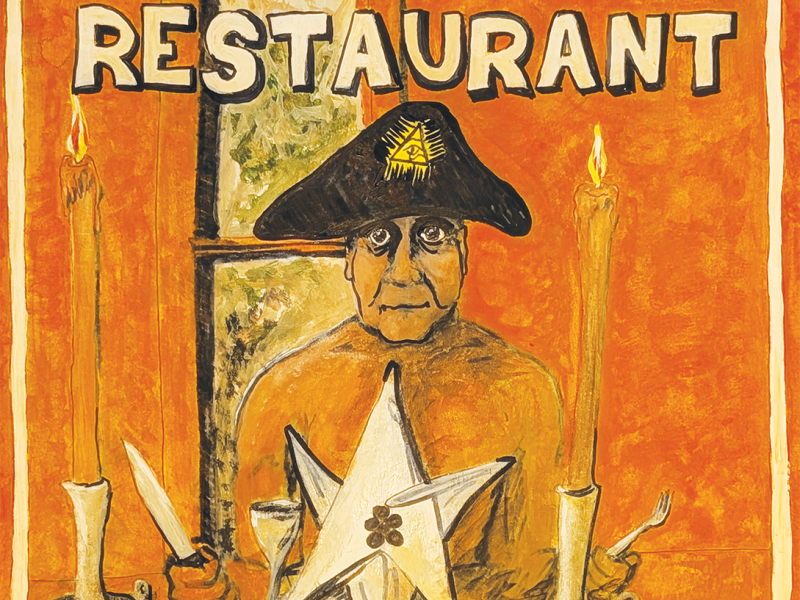
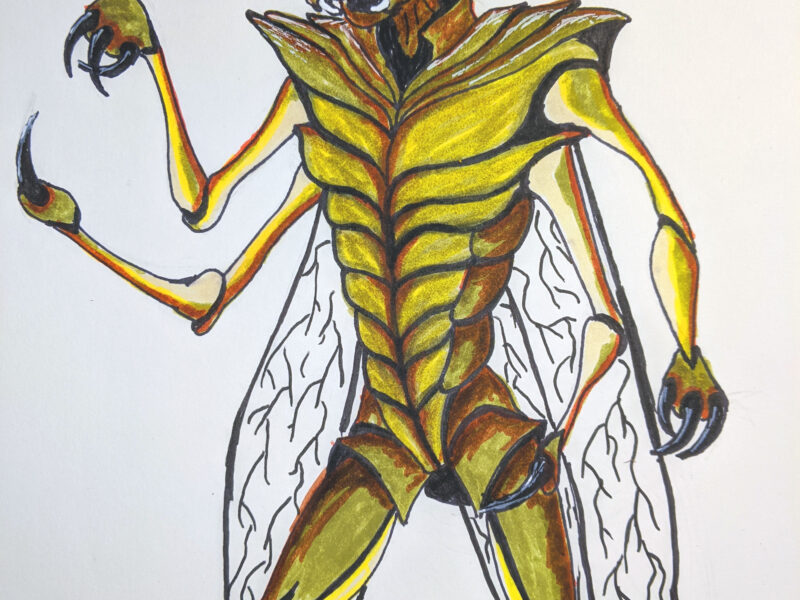
2 thoughts on “The Feejee Mermaid”
Comments are closed.